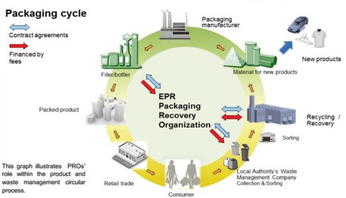The Significance of Automated Optical Inspection in Production of Lithium-Ion Battery Electrodes
Presented by Ravi Malkani, Wintriss Engineering, Corp.
Lithium Ion rechargeable batteries are ubiquitous in a wide range of devices from laptop computers, iPads and smart phones to electric vehicles (EVs). The safety, performance and reliability of the Li-ion battery pack is directly coupled to the production of the electrodes that are found within a given battery pack. The cathodes and anodes must be manufactured with the highest quality in mind, with the goal to push only electrodes of the highest quality down stream into the battery pack production process.
This presentation describes using an AOI system to detect and eliminate defects thus improving the quality of electrodes that are converted from a coated roll-to-roll process into the batteries used in today’s products. AOI systems leverage high-resolution linear cameras, precise lighting and machine vision algorithms to automatically detect and identify defects in the electrode material after coating and after slitting. Electrode measurements, both coating and slitting, are also validated.
Defects found during inspection, such as missing coating or carbon, scratch, wrinkles, dents, dark spots, bubbles and folds, may be cosmetic, catastrophic or somewhere in between. While cosmetic defects may simply slow downstream production, catastrophic defects may result in thermal overloads while testing battery packs, completely stopping production and possibly worse. The techniques described in this presentation are a culmination of 10-years of system development and feedback from electrode producing factories, and they will guide production engineers looking to improve the quality of electrodes that are delivered to downstream processes.
This post is for paying members only
SubscribeAlready have an account? Log in

